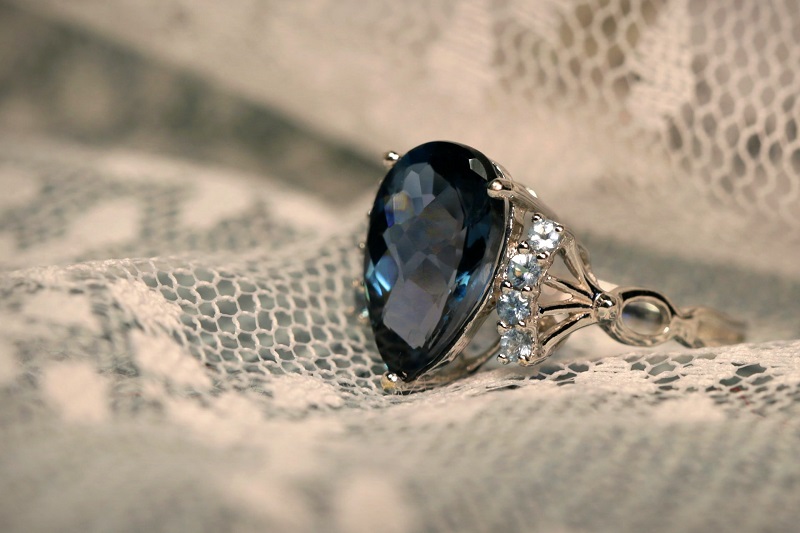What You Need To Know About Rings From The Medieval Times

Large numbers of people love wearing jewellery for a great many reasons, be it to feel beautiful and confident, or to show your eye for fashion when adorning fine jewellery. It might also be to show appreciation of history or a show of intent.
Purchasing jewellery such as a ring is seen as an investment for the future, either for personal security or to hand down as a family heirloom. As has been done by those before them, some gentlemen (usually the eldest sons) use antique engagement rings that have long been in their family’s possession to ask for their beloved’s hand in marriage.
Antique rings don’t always end up as a symbol of heritage; some find their way to a new owner’s hands, one who simply appreciates the unique beauty of handcrafted jewellery. These pieces can be found at a reputable antique and vintage engagement rings Sydney dealer, established antique shops and antique collectors. They can also be used as a perfect accompaniment to outfits or statement pieces.
Some of the antique rings may go back all the way to the medieval period. Let’s look at what items were worn back then and what were the rings made of.
- The rings can go all the way back to a period between the 5th and 15th century. They offer a great insight to what jewellery was being worn in medieval Europe when it was adorned as a show of social status. Rings were worn on both the upper and middle joints of fingers.
- The metals used in the rings reflected wealth. Royalty or those of higher ranks in society wore pieces made of gold, silver and precious gems. For those less well off, their material of choice was pewter or copper.
- As well as being decorative, rings would be worn as forms of identity, being used as seals for stamping documents to authenticate them.
- Additional colours on rings were provided by precious gems. Ruby and emerald were two of the most popular gems in those days.
- Curative rings were worn by people who believed that they would be cured from disease, while hollow rings were said to be used to contain poison or holy relics. Divine names, invocations of saints, and cabbalistic formulas offered what the wearers thought was additional protection.
- Another superstition saw rings containing magical inscriptions, which the wearer believed would protect them at a time when sorcery and magic were believed in. It was thought that sapphires would cure snakebites, expel witchcraft, and protect the wearer from fraud. Amethyst was used to prevent drunkenness and intoxication. Turquoise was used to absorb disease.
- Until the Renaissance, it was unusual to wear more than one or two finger rings. A visit to a local museum will provide you a glimpse of the artefacts of the time.
- During the latter part of the period, only the higher ranks of society such aristocrats and lords were allowed to wear fine jewellery. Commoners were forbidden to wear anything containing excess amounts of gold and silver, or precious stones and pearls.

Nobody can truly guarantee an antique ring from the medieval times will protect against sorcery, drunkenness, or snakebites. However, it is an aesthetic item with great historical value, one that an avid fan of history and even a collector would love to get their hands on.